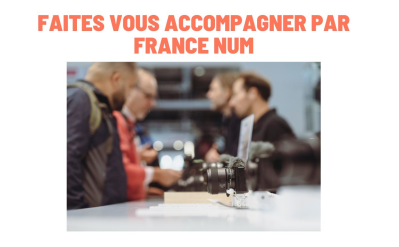News
Case law: Brutal severance of commercial relations
27 March 2025
Legal
Viewed 126 times
The facts
Between 2016 and 202, the Céline company (luxury clothing and accessories) and a photographer (first in his own name, then through the company he set up in Bulgaria) had an ongoing business...
You must be cotisant to read the rest





